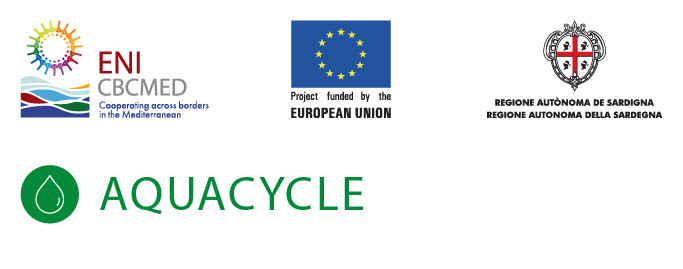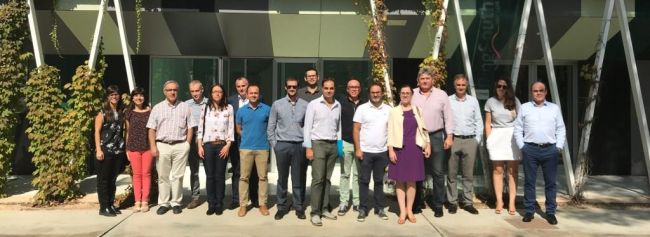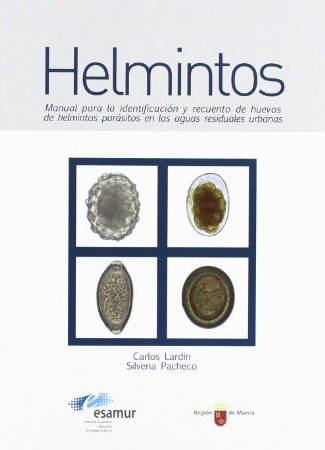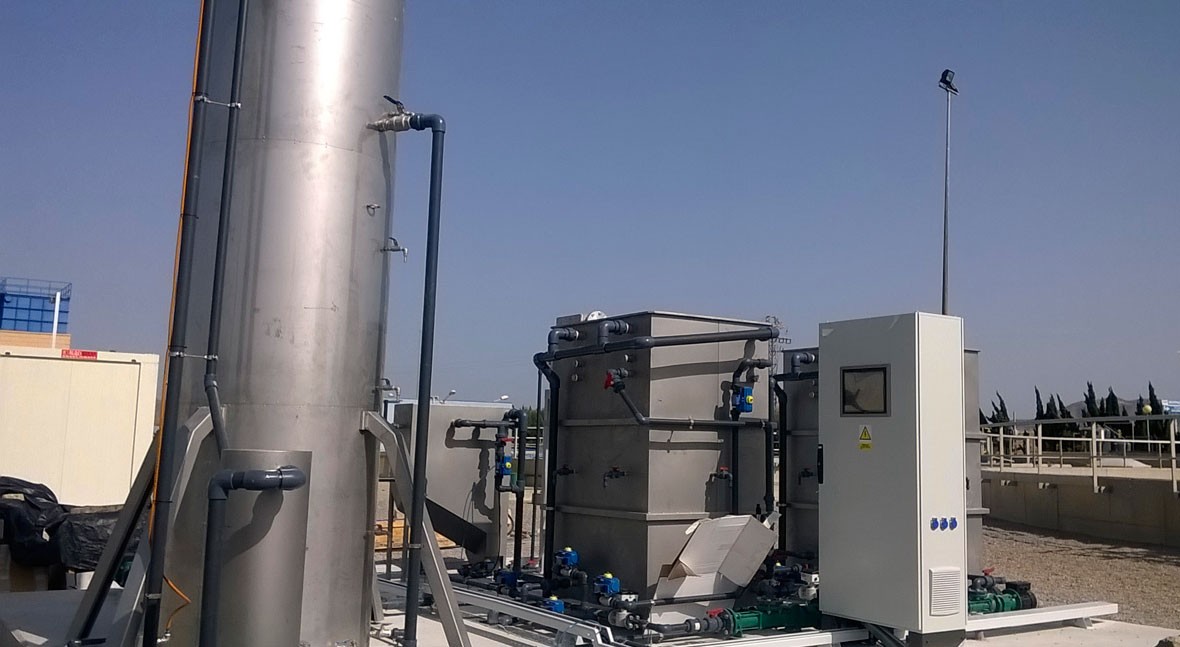-
Tipo de documento
-
Investigación, desarrollo e innovación
|
|
H2020 TRINEFLEX
Response to the pressing need of reducing the emissions of process industries and the energy system
|
Inicio: 01/09/2022
Finalizacion: 31/08/2026 |
Más información
Menos información
|

The project is prepared in response to the pressing need of reducing the emissions of process industries and the energy system. In this context, flexibility is the enabling factor, and its application in a reliable and effective way is required:
• Energy flexibility is the key in reducing energy costs beyond static, flat reductions achieved by energy efficient technologies.
• Energy flexibility is also crucial in enabling process industries to adapt to the changing energy system, and the rapidly increasing share of renewables.
• Finally, energy flexibility is the main contributor towards reducing peak energy demand.
Flexibility will thus generate significant advantages and render innovative technologies much more attractive for application. An extensive technological portfolio will be featured in TRINEFLEX, facilitating the development of customized configurations according to the needs of each processing plant:
• Energy efficiency and storage technologies, such as heat recovery, will become more attractive as less recovered heat will be wasted. Instead, by increasing the flexibility and smartness of the plant’s energy use, energy efficiency will be adapted to maximize recovery potential and re-utilization.
• Clean energy technologies, such as solar and wind, present natural synergies with energy efficiency and storage. In fact, storing and optimizing energy use is the main driver behind load shifting, contributing to significant peak energy demand reduction.
• Sustainable fuels and feedstocks are ideal replacement for their fossil fuel-based counterparts. These can also be sourced locally, from waste or non-food crops leading to significantly lowered emissions.
• Carbon Capture Utilization and/or Storage (CCUS).
The TRINEFLEX project relies upon the commitment and good collaboration between the process plant managers, technology providers and other partners of the project. Thus, even from the proposal stage, comprehensive information will be required to structure a winning proposal and translate into a feasible and impactful project. The overall goal of the project is to introduce a high level of flexibility in the plant’s energy system and interactions with the grid
|
|
LIFE PRISTINE
Integrated Solution to remove Contaminants of Emerging Concern (CECs) from water streams
|
Inicio: 01/08/2022
Finalizacion: 31/07/2026 |
Visitar web
Más información
Menos información
|

The PRISTINE project has received funding from the LIFE Programme of the European Union
The information included in this web portal reflects only the author´s view and the Agency is not responsible for any use that may be made of it
LIFE PRISTINE project aims to develop the PRISTINE Integrated Solution to remove Contaminants of Emerging Concern (CECs) from water streams.
The PRISTINE Integrated Solution will be adaptable on a case-by-case basis for drinking water (DW), to protect humans from CECs, and for wastewater (WW), to protect the environment and remove these contaminants from the water cycle. In opposition to other existing technologies, the PRISTINE Integrated Solution, will permanently remove CECs from water, thus directly applying Zero Waste and Circular Economy principles and coming ahead of existing and near future CECs regulations. The PRISTINE Integrated Solution is based on the synergistical combination of individual technologies: i) encapsulated adsorbent technology, ii) hollow-fibre NF membrane, and iii) AOP processes (UV-LED combined with ozonation and/or H2O2), being these technologies controlled and optimized by a Decision Support System fed by AI-based soft-sensors for the online estimation of CECs concentration levels. LIFE PRISTINE will focus on PFAS, pesticides, PPCPs, toxins, antibiotic resistance genes and microplastics, as main CECs families, designated according previous studies in the two demo sites and existing literature. LIFE PRISTINE goal is to effectively remove >80% of every CECs in WW and DW scenarios, going further if requested by existing legislation.
Furthermore, the PRISTINE Integrated Solution will be costeffective, 30 % lower OpEx cost that comparable technologies. PRISTINE Integrated Solution will be demonstrated in DW and WW representative scenarios during a year each, allowing the technology to reach a TRL7. Dissemination and communication actions of LIFE PRISTINE will prosecute the awareness raising of the public towards the use and fate of CEC, and to be the background and support for new policies and legislations to protect EU citizens and their environment in the near future.
|
|
LIFE AQUACYCLE
Towards Sustainable Treatment and Reuse of Wastewater in the Mediterranean Region
|
Inicio: 01/09/2019
Finalizacion: 31/08/2022 |
Visitar web
Más información
Menos información
|

The AQUACYCLE project has received funding from the LIFE Programme of the European Union
The information included in this web portal reflects only the author´s view and the Agency is not responsible for any use that may be made of it
The AQUACYCLE project “Towards Sustainable Treatment and Reuse of Wastewater in the Mediterranean Region” was launched in Thessaloniki on September 30, 2019, and brings together 7 partners and 4 associated partners from 8 countries around the Mediterranean: Greece (Lead Beneficiary), Lebanon, Malta, Spain, Tunisia, Algeria, France and Morocco.
The goal of AQUACYCLE is design an eco-innovative wastewater treatment technology that will consist of anaerobic digestion, constructed wetlands and solar treatment for the cost-effective treatment of urban wastewater with minimal costs of operation and maximum environmental benefits. The novel technology will be demonstrated in 3 pilot sites in Lebanon, Spain and Tunisia.
The AQUACYCLE project is funded and supported by the European Union through the ENI CBC Mediterranean Sea Basin Programme. The Budget is 2.838.679,67 € and the duration is 36 months.
El Proyecto AQUACYCLE “Tratamiento Sostenible y Reutilización de las Aguas Residuales en la Región del Mediterráneo" se inició en Tesalónica el 30 de septiembre de 2019 y agrupa a 7 socios y 4 socios asociados de 8 países del Área Mediterránea: Grecia (líder del proyecto), Líbano, Malta, España, Túnez, Argelia, Francia y Marruecos.
El propósito de AQUACYCLE es diseñar una tecnología eco-innovadora de tratamiento de agua residual consistente en digestión anaerobia, construcción de humedales artificiales y tratamiento solar para el tratamiento eficaz y viable de aguas residuales urbanas, con mínimos costes de operación y máximos beneficios ambientales. La nueva tecnología será testada en 3 plantas piloto situadas en el Líbano, España y Túnez.
El proyecto AQUACYCLE está financiado y respaldado por la Unión Europea a través del proyecto ENI CBC Mediterranean Sea Basin Programme. El importe del proyecto es 2.838.679,67 € y su duración será de 36 meses.
|
|
LIFE AMIA
WWT Technologies for water reuse - Combinación de tecnologías innovadoras para la reutilización de agua
|
Inicio: 01/01/2019
Finalizacion: 31/12/2022 |
Visitar web
Más información
Menos información
|

The AMIA project has received funding from the LIFE Programme of the European Union
The information included in this web portal reflects only the author´s view and the Agency is not responsible for any use that may be made of it
An innovative demonstration European project that aims to reuse wastewater for agricultural practices and aquifer recharge.
This project will protect the aquatic environment against the pollution associated with pathogens and micropollutants that are not removed in conventional wastewater treatment plants (WWTP) and will implement a technology with low energetic demands.
LIFE AMIA will develop an innovative and sustainable WWTP concept combining compact anaerobic-aerobic treatment, a microalgae bioreactor and advanced adsorption-oxidation process (AOP). The novel WWTP layout will allow nutrient recovery through microalgae cultivation and will reduce the net energy consumption, mitigating the greenhouse gas emissions.
Proyecto europeo de demostración innovador, cuyo objetivo es la reutilización de las aguas residuales para su uso agrícola y la recarga de acuíferos. Además, el proyecto busca proteger el medio ambiente acuático contra la contaminación causada por patógenos y microcontaminantes no eliminados por las plantas convencionales de tratamiento de aguas residuales (EDAR).
Para ello, se implementará una tecnología con bajos requisitos energéticos.
LIFE AMIA desarrollará un nuevo concepto de EDAR, innovador y sostenible, combinando un tratamiento compacto anaerobio-aerobio con un biorreactor de microalgas y un proceso de adsorción-oxidación avanzada (POA). El nuevo concepto de EDAR permitirá la recuperación de nutrientes por medio de las microalgas y reducirá el consumo neto de energía, contribuyendo con ello a minimizar las emisiones de gases de efecto invernadero.
|
|
LIFE DRY4GAS
Project Waste Water sludge solar DRYing FOR energy recovery through gasification GAS
|
Inicio: 03/07/2017
Finalizacion: 30/12/2022 |
Visitar web
Más información
Menos información
|

The DRY4GAS project has received funding from the LIFE Programme of the European Union
The information included in this web portal reflects only the author´s view and the Agency is not responsible for any use that may be made of it
DRY4GAS is a demonstrative project that proposes an environmentally sustainable technology solution for the management and reuse of sewage sludge generated in a WWTP.
In the project framework, a prototype integrated by a solar dryer, a gasification plant, a gas burner and an Organic Rankine Cycle (ORC) will be developed, as energy valorization process with the production of 120 MWh/year. In addition, the project proposes an alternative agricultural valorization method of the sludge by evaluating the reuse of gasification ashes mixed with sewage sludge for improving sludge quality as an organic amendment and analyzing the associated effects on soil.
The main objective of the DRY4GAS project is to reduce the environmental impact associated to the conventional management of sludge from a WWTP by implementing the proposed solution in an operating WWTP located in San Javier (Murcia, Spain). The results obtained during the project will demonstrate the feasibility of the proposed technology in a real operating WWTP. Furthermore, a replicability plan will be defined in order to applicate the project solution in other WWTPs or in other similar applications.
|
|
Manual de Identificación y Recuento de Huevos de Helmintos Parásitos en las Aguas Residuales Urbanas
|
Inicio: 01/10/2016
|
Más información
Menos información
|

Este Manual recoge las experiencias obtenidas, por la Entidad de Saneamiento de la Región de Murcia (ESAMUR), en el seguimiento e identificación de huevos de helmintos parásitos presentes en las aguas residuales urbanas.
La vigilancia de estos potenciales agentes patógenos y las prácticas de identificación y recuento de huevos en los efluentes depurados, necesarias para garantizar la calidad sanitaria de las aguas destinadas a reutilización, están regulados por el R.D. 1620/2007, de 7 de Diciembre, por el que se establece el régimen jurídico de la reutilización de las aguas depuradas.
El manual analiza la aplicación de esta norma y describe los aspectos sanitarios relacionados con la presencia de helmintos en las aguas y su valoración como agente patógeno.
La sistemática utilizada recoge las especies de Helmintos más significativas por su prevalencia, o por su utilización en la normativa como indicador de calidad de las aguas regeneradas. Se describen los materiales y técnicas de laboratorio recomendados y se facilita una clave de identificación basada en la diferenciación de los criterios morfológicos y morfométricos que presentan los huevos de cada una de las especies seleccionadas.
El manual incluye gran número de fotografías, tablas y gráficos de las características principales de cada especie, así como glosario, bibliografía de referencia, y otras cuestiones de utilidad para facilitar la labor de los técnicos responsables en el laboratorio a quien va destinado.
Edición en español:
ISBN: 978-84-614-2652-2 Distribución y venta: TYPSA MURCIA. Teléfono: 968879515 Email: spacheco@typsa.es
IWA Publishing: ISBN: 978-84-616-5921-0 For acquisitions: Link
|
|
LIFE SIAMEC
Integrated anaerobic system for wastewater reclamation at ambient temperature in European climates
|
Inicio: 01/09/2015
Finalizacion: 31/08/2018 |
Visitar web
Más información
Menos información
|

Inicia su andadura el proyecto LIFE SIAMEC, que contribuirá a promover cambios en el tratamiento de aguas residuales, desde los sistemas tradicionales hacia un esquema con un menor consumo energético y una menor producción de fangos que además permita aumentar la calidad del agua y su reutilización.
El desarrollo de este proyecto se basa en la demostración de una tecnología para la eliminación de materia orgánica y el nitrógeno de las aguas residuales tanto urbanas como industriales. Consiste en un sistema integrado que hará posible el tratamiento anaeróbico de estas aguas a temperatura ambiente en climas europeos y la obtención de un efluente de alta calidad apto para su reutilización.
Este proyecto financiado por la Comisión Europea mediante su programa LIFE14, con una duración de tres años y un presupuesto total de 2,2 M€, está liderado por Cetaqua y cuenta con la participación como socios de la Universidad de Santiago de Compostela, las empresas EMUASA, CAPSA e HIDROGEA y la Entidad de Saneamiento y Depuración de Aguas Residuales de la Región de Murcia (ESAMUR).
|
|
LIFE ANADRY
Dry anaerobic digestion as an aternative management &treatment solution for sewage slude.
|
Inicio: 01/09/2015
Finalizacion: 28/02/2019 |
Visitar web
Descargar archivo
|
|
|
LIFE STO3RE
Synergic TPAD and O3 process in WWTPs for Resource Efficient waste management
|
Inicio: 01/09/2015
Finalizacion: 31/08/2018 |
Visitar web
|
|
|
REMEB H2020
Eco-friendly ceramic membrane bioreactor (mbr) based on recycled agricultural and industrial wastes for waste water reuse
|
Inicio: 01/09/2015
Finalizacion: 31/08/2018 |
Visitar web
|
|
|
LIFE RAMSES
Enhanced Reclaimed wAter quality through MainStream anaErobic treatment using Supported biomass growth
|
Inicio: 16/07/2015
Finalizacion: 15/07/2018 |
Visitar web
|
|
|
LIFE RENEWAT
Optimised Renewable Mix for Energy Saving in Waste Water Treatment Plants
|
Inicio: 01/07/2014
Finalizacion: 30/06/2017 |
Visitar web
|
|
|
Proyecto OptiAnMBR
Optimización del bioreactor anaerobio de membrana para el tratamiento de agua residual urbana
|
Inicio: 01/01/2014
Finalizacion: 31/12/2017 |
Descargar archivo
|

